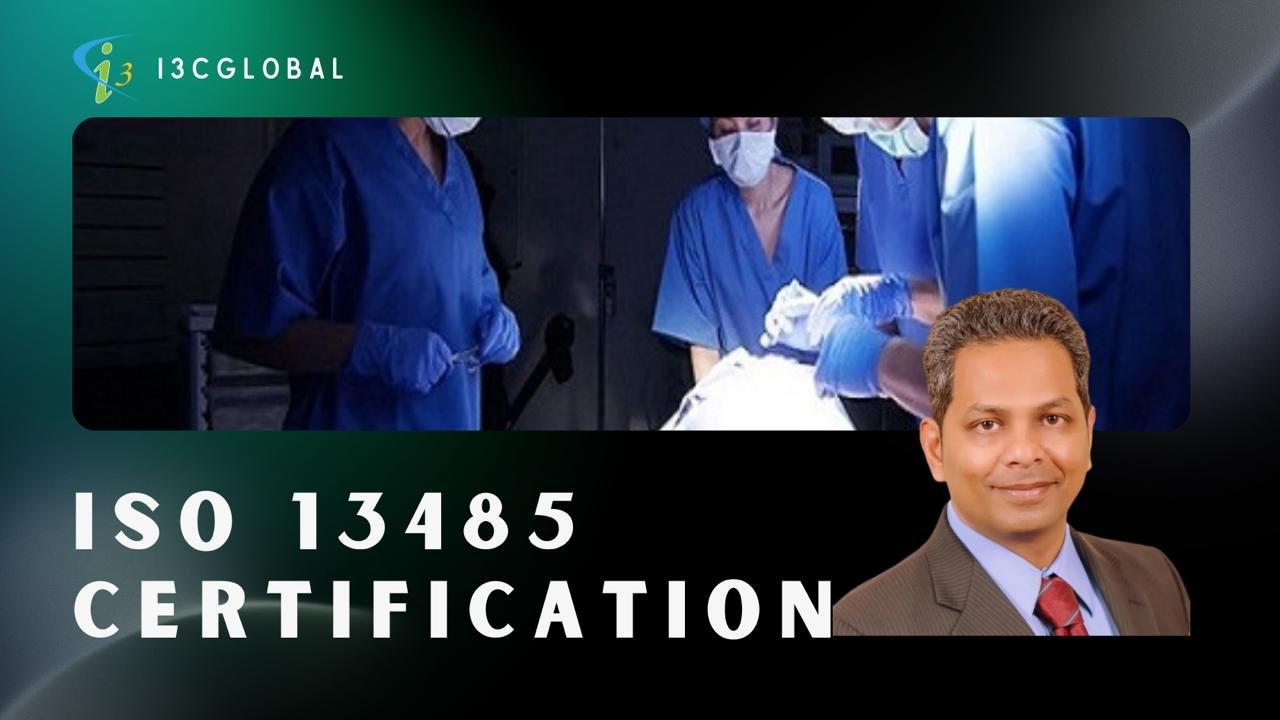ISO 13485:2016 is the internationally recognized standard for quality management systems specific to the medical device industry. In the European Union, it plays a vital role in demonstrating compliance with EU MDR 2017/745 and IVDR 2017/746. Previously not legally mandated but now Notified Bodies strongly prefer ISO 13485 compliant systems, especially when reviewing CE Marking applications. The standard aligns closely with EU related to risk management, documentation, post-market surveillance, and vigilance, making it a critical foundation for regulatory success in Europe.
In the United States, ISO 13485 is now equally important. With the introduction of the FDA’s Quality Management System Regulation (QMSR) effective February 2026, the FDA will fully align its 21 CFR Part 820 requirements with ISO 13485:2016. This harmonization allows manufacturers to operate under a single, unified QMS framework for both US and EU markets, reducing compliance burdens and improving inspection readiness. For medical device companies seeking efficiency, global market access, and long-term regulatory alignment, achieving ISO 13485 certification is now more essential than ever.
Do manufacturers need a total makeover to shift from 21 CFR Part 820 to the new QMSR?
With the FDA’s upcoming shift from 21 CFR Part 820 to the new Quality Management System Regulation (QMSR) by February 2026, medical device manufacturers are wondering if a complete overhaul of their existing quality systems is necessary. The good news is — a total makeover is not required. Companies already compliant with 21 CFR Part 820 have many of the foundational elements in place, as the new QMSR is designed to align with ISO 13485:2016, the international standard for medical device quality systems.
That said, manufacturers will still need to perform a thorough gap analysis to identify areas where updates are needed. Key differences include the need for stronger integration of risk management across all QMS processes, enhanced supplier control documentation, and alignment with ISO terminology and structure. Procedures related to training, validation, and document control may need to be revised to meet the more explicit documentation expectations found in ISO 13485.
Rather than starting from scratch, the transition to QMSR is an opportunity to modernize and streamline your quality system, especially for manufacturers operating in both US and EU markets. By aligning with ISO 13485, companies can benefit from a harmonized approach, reducing the burden of maintaining separate systems and ensuring smoother audits. Early preparation through internal audits, staff training, and updated procedures will ensure compliance and minimize disruption when QMSR goes into full effect.
Key Difference Between EN ISO 13485:2016 and ISO 13485:2016
ISO 13485:2016 is the international standard for medical device quality management systems, used globally. EN ISO 13485:2016 is the European-adopted version, including special Z Annexes that align the standard with EU MDR/IVDR requirements, making it essential for CE Marking in the EU. Both have the same core content, but the EN version links directly to EU regulations.
Key benefits of ISO 13485 certification for manufacturers
- Global Market Access: Facilitates entry into regulated markets like the EU, US, Canada, Japan, and Australia.
- Regulatory Compliance: Demonstrates compliance with EU MDR/IVDR and, starting February 2026, with the US FDA QMSR.
- Improved Product Quality & Safety: Enhances consistency in processes, leading to safer, high-quality medical devices.
- Increased Credibility: Boosts trust with Notified Bodies, regulators, and customers by showing a commitment to quality.
- Streamlined Operations: Standardized processes reduce errors, improve efficiency, and support continuous improvement.
- Competitive Advantage: Being certified can be a strong differentiator when bidding for contracts or entering new markets.
Difference between ISO 13485 implementation and ISO 13485 certification
ISO 13485 Implementation means a manufacturer has developed and applied a quality management system (QMS) based on the ISO 13485:2016 standard. It includes setting up procedures, training staff, maintaining records, and managing quality controls but does not yet involve third-party verification.
ISO 13485 Certification means the implemented QMS has been audited and approved by an independent Certification Body (like TÜV, BSI, DQS, etc.). After a successful audit, the company receives a certificate showing they fully comply with ISO 13485 which is often required for CE Marking, tenders, and exports.
Why ISO 13485 Consultants with Regulatory Expertise Are Essential for Certification Success
ISO 13485 consultants with medical device regulatory expertise are vital because they understand both the technical requirements of the standard and the regulatory expectations under EU MDR, IVDR, and FDA QMSR. They help manufacturers build a compliant, audit-ready QMS while ensuring alignment with product safety, risk management, and documentation needs. Their experience reduces certification delays, avoids nonconformities, and streamlines the path to global market access.
ISO 13485 Implementation vs Certification: Step-by-Step Process Explained
ISO 13485 Implementation Process: The implementation of ISO 13485 begins with a gap analysis to compare your current quality management system (QMS) against the requirements of ISO 13485:2016. Based on the findings, companies must develop and document quality policies, procedures, work instructions, and forms that comply with the standard. This includes processes for risk management, design controls, supplier evaluation, complaint handling, document control, CAPA, internal audits, and training. Implementation also involves training employees, assigning process owners, and running the QMS in real-time to ensure all processes are functional. Internal audits and a management review are then conducted to confirm the system is effective and compliant before proceeding to certification.
ISO 13485 Certification Process: Once the QMS is fully implemented and functional, the organization engages a third-party Certification Bodies to conduct an external audit. The certification process is typically done in two stages:
- Stage 1 is a document review to ensure all procedures and records meet ISO 13485 requirements.
- Stage 2 is an on-site audit to verify the actual implementation and effectiveness of the QMS.
If nonconformities are found, the company must submit corrective actions within a specified timeframe. Upon successful closure of all findings, the organization is issued an ISO 13485 certificate, typically valid for three years, with annual surveillance audits to maintain certification. This certification is often essential for CE marking, FDA approval (under QMSR), and international market access.
Whether you’re launching a new device, expanding into global markets or implementing for the first time, I3CGLOBAL team of medical device regulatory experts ensures full compliance, boosts your brand’s credibility, and opens doors to international success faster and hassle-free.



































